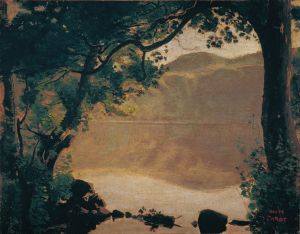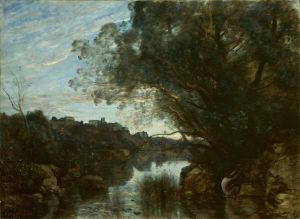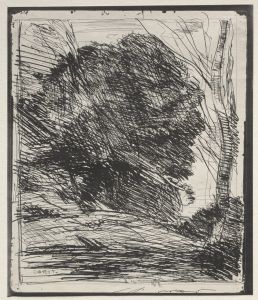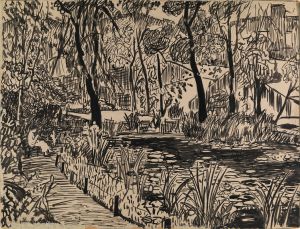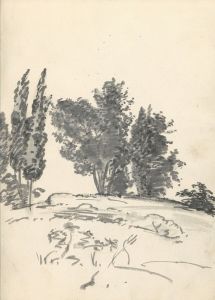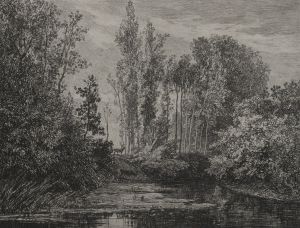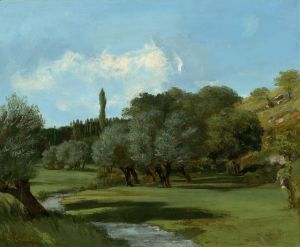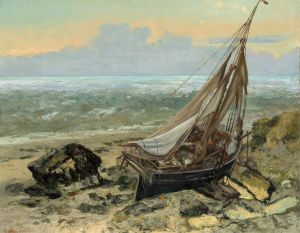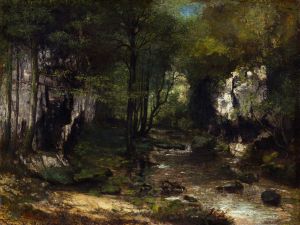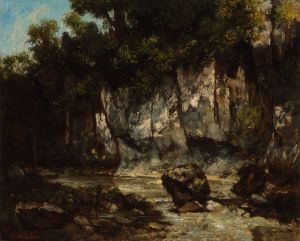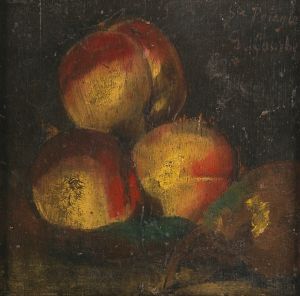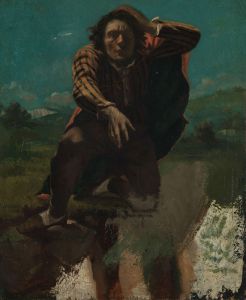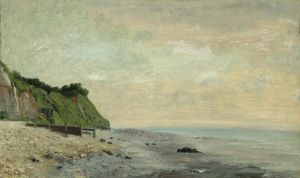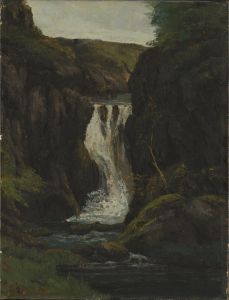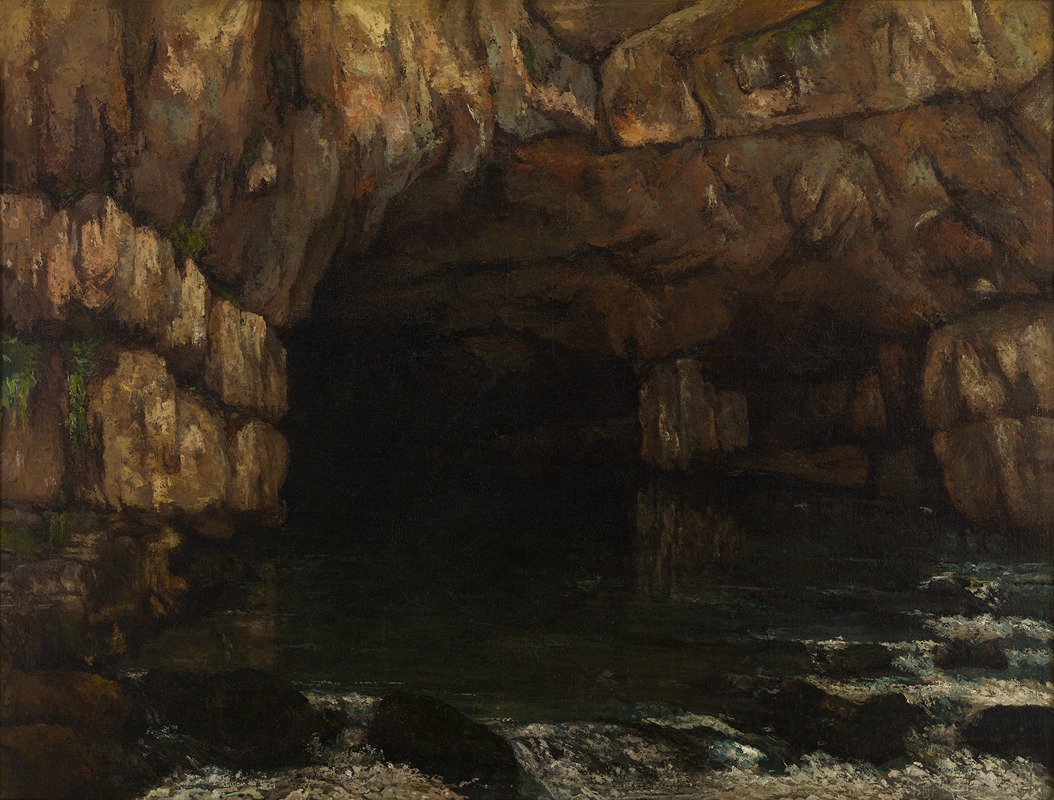
La source de la Loue
A hand-painted replica of Gustave Courbet’s masterpiece La source de la Loue, meticulously crafted by professional artists to capture the true essence of the original. Each piece is created with museum-quality canvas and rare mineral pigments, carefully painted by experienced artists with delicate brushstrokes and rich, layered colors to perfectly recreate the texture of the original artwork. Unlike machine-printed reproductions, this hand-painted version brings the painting to life, infused with the artist’s emotions and skill in every stroke. Whether for personal collection or home decoration, it instantly elevates the artistic atmosphere of any space.
"La source de la Loue" is a painting by the renowned French artist Gustave Courbet, created in 1864. Courbet, a leading figure in the Realism movement, is known for his commitment to depicting everyday life and nature with unembellished truth. This particular work exemplifies his dedication to capturing the natural world with precision and authenticity.
The painting depicts the source of the Loue River, located in the Jura Mountains of eastern France, near Courbet's hometown of Ornans. The Loue River was a significant subject for Courbet, as it was part of the landscape he knew intimately and held dear. The source of the river is a picturesque and dramatic natural spring, emerging from a rocky cliff, surrounded by lush vegetation. This setting provided Courbet with a rich tapestry of textures and forms to explore in his work.
In "La source de la Loue," Courbet employs his characteristic technique of using a palette knife to apply thick layers of paint, creating a textured surface that adds depth and realism to the scene. The painting captures the dynamic interplay of light and shadow, emphasizing the ruggedness of the rocks and the vitality of the flowing water. Courbet's attention to detail is evident in the meticulous rendering of the natural elements, from the moss-covered stones to the delicate foliage.
Courbet's choice of subject matter reflects his broader artistic philosophy, which sought to challenge the conventions of academic art by focusing on real, tangible subjects rather than idealized or historical themes. By painting the source of the Loue, Courbet not only celebrated the beauty of the natural world but also asserted the importance of personal experience and observation in art.
"La source de la Loue" is part of a series of works by Courbet that explore the landscapes of the Jura region. These paintings are notable for their emphasis on the raw and untamed aspects of nature, a departure from the more polished and serene landscapes favored by many of Courbet's contemporaries. This approach aligns with the Realist movement's goal of presenting an unvarnished view of the world, free from romanticization.
The painting is housed in the Musée d'Orsay in Paris, which holds a significant collection of Courbet's works. The museum's collection provides insight into Courbet's development as an artist and his impact on the trajectory of modern art. "La source de la Loue" is an important piece within this collection, illustrating Courbet's mastery of landscape painting and his innovative approach to capturing the essence of nature.
Courbet's work, including "La source de la Loue," has had a lasting influence on subsequent generations of artists. His commitment to realism and his willingness to depict the world as he saw it paved the way for later movements such as Impressionism and Modernism. Today, Courbet is celebrated as a pioneer who expanded the possibilities of artistic expression and challenged the boundaries of traditional art.





